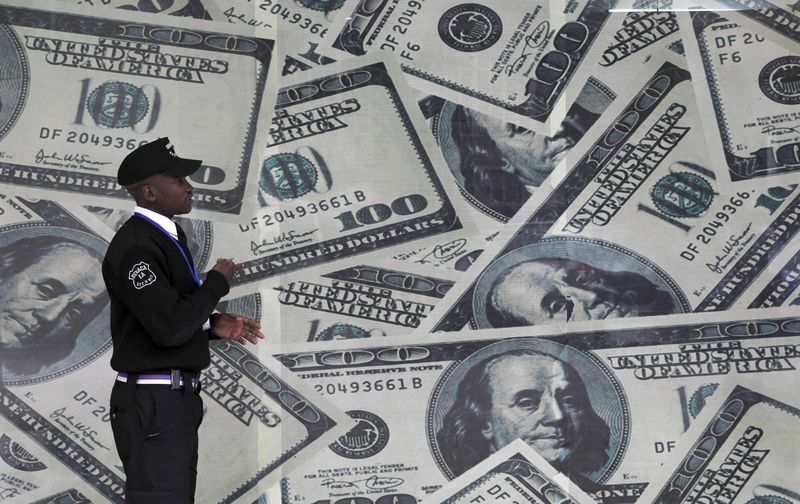(Bloomberg) -- The first phase of Brexit talks is done. Now comes the hard part.
Prime Minister Theresa May has secured agreement from the European Union to move on from discussing the divorce terms to mapping out a plan for the future trade relationship. Before that, she wants to nail down a transition deal as soon as possible.
This is the crucial bridging phase that businesses want to smooth the change in trading conditions from EU membership rules to whatever new regime applies after Brexit.
May’s team have set out plans to abide by the rules of the EU single market and customs union during what she calls the “implementation phase” after the U.K. legally leaves the EU on March 29, 2019. This period, May says, will be strictly time limited and is likely to last for about two years.
The EU is offering Britain a temporary extension of the existing membership rules, without a say over how those rules operate or over any new ones that are written. On the face of it, there isn’t much to argue about. May wants a status quo transition period -- and that’s what the EU is offering.
One potential battle during the negotiations will be role of the European Court of Justice. May says she’ll accept that it should have a role in the initial months of any transition but thinks its jurisdiction should be phased out as soon as a new dispute resolution regime is ready to take over.
Location Decisions
What counts more than the details for May is the speed of reaching a deal. A transition period is designed in part to stop businesses quitting the U.K. in search of a more stable home elsewhere in Europe. Many large companies are making those decisions about where and whether to leave now.
If the transition deal isn’t agreed in the next two or three months, it will be too late to be much use, according to May’s team. The EU seems to understand this and has indicated that transition talks will be the focus of the dialogue from now until March, when the agenda will move on to the future free-trade agreement that May wants.
Time is tight on this, too. While European Council President Donald Tusk says some exploratory talks on the future trade terms can start before March, detailed negotiations won’t begin until a year before the U.K. leaves the EU.
May pushed back against that, saying that trade talks will start “straight away.” A U.K. government official said May’s team will hold the EU to its earlier promise that discussions on the future relationship would start once the divorce issues were settled -- which they now are. There’s no question of backsliding and the U.K. won’t let parts of the Commission use these guidelines as an excuse to freeze up the process, the official said.
Ready to Sign
Despite disbelief in Europe, May and her team still publicly insist they can complete all the trade negotiations before Brexit day and have a new trading relationship ready to sign into law the moment the country leaves the bloc. Brexit Secretary David Davis has admitted that he’ll be in a weak position trying to negotiate a trade deal when the U.K. is already outside the bloc.
In order to meet the March 2019 deadline, the framework of the future relationship needs to be done ideally by October, to allow the European Parliament and the increasingly assertive U.K. lawmakers to have time to ratify the agreement. That leaves seven months to finalize the outline of an ambitious pact.
A senior EU official, speaking on Friday on condition of anonymity, said the full trade agreement will take years. The U.K. government underestimates the complexity of the trade discussions, the official said. He said that alongside the withdrawal agreement the two sides will issue a joint declaration outlining the principles of the future relationship to be worked on when the U.K. is no longer a member state.
One major obstacle is that neither side yet knows what it wants the future relationship to look like. May has not even discussed the matter in any depth with her own cabinet ministers. She’ll call them to a meeting next Tuesday to hear their views on the end state, according to her office. It’s unlikely to be the last time they talk about it.
Maximum Freedom
The question of how close Britain should stay to EU rules of trade cuts to the core of what Brexit is and what kind of country it will create.
Passionate Brexit campaigners like Foreign Secretary Boris Johnson and Environment Secretary Michael Gove want the maximum freedom for Britain to go its own way and have raised concerns over moves to tie U.K. regulations too closely to the EU.
Chancellor of the Exchequer Philip Hammond is among the ministers who favor closer ties with the EU to preserve trade links with the single market. The EU must also agree its negotiating priorities by March.
Before the EU and the U.K. can start negotiating with each other, they must finish negotiation with themselves.
(Adds EU comments in 13th paragraph.)
